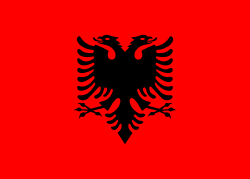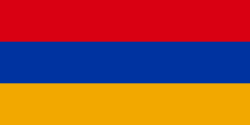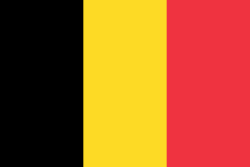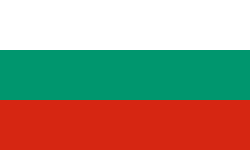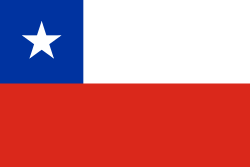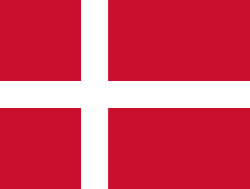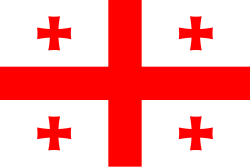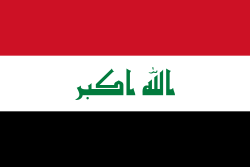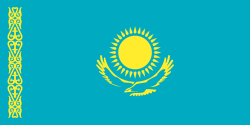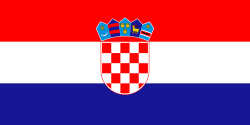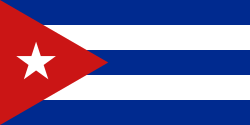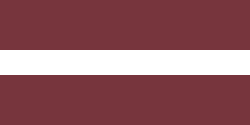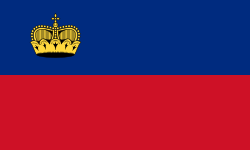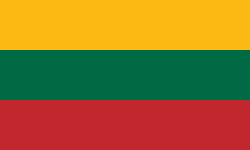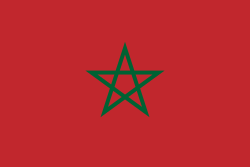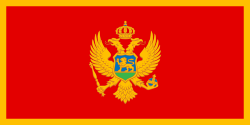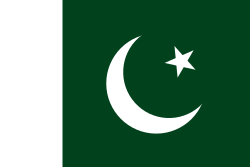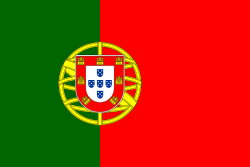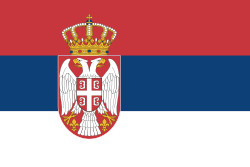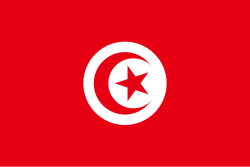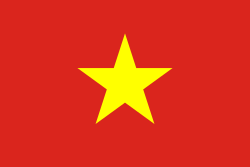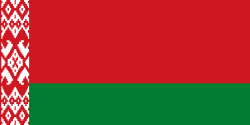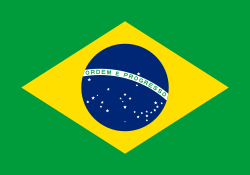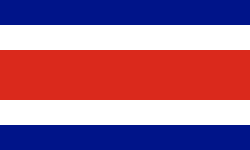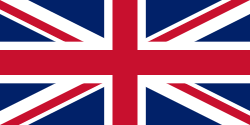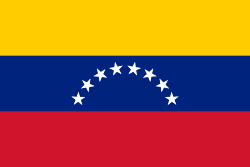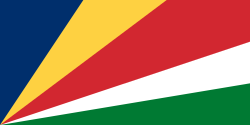Konvention om vägmärken och signaler
| Den här artikeln behöver källhänvisningar för att kunna verifieras. (2021-06) Åtgärda genom att lägga till pålitliga källor (gärna som fotnoter). Uppgifter utan källhänvisning kan ifrågasättas och tas bort utan att det behöver diskuteras på diskussionssidan. |
Konvention om vägmärken och signaler, Convention on Road Signs and Signals, är utgiven av UNECE, FN:s ekonomiska kommission för Europa, i Wien den 8 november 1968. Konventionen trädde i kraft 21 maj 1977 och efterträdde en tidigare konvention från 19 september 1949.
Överenskommelsen beskriver hur vägmärken, trafiksignaler och vägmarkeringar ska vara utformade för att passa en internationell standard. Tanken är att underlätta internationell trafik genom att göra dem så lika som möjligt mellan olika länder.
I huvudsak är det länder i Europa som så långt som möjligt utgår från konventionen. Ett antal länder i Europas närhet som till exempel Nordafrika eller Mellanöstern utgår också många gånger från konventionen, ibland dock med vissa mindre avvikelser. Men principen gäller att ju längre bort från Europa landet ligger desto mer avviker också standarden från den konventionen satt ut. Länder som USA och Kanada deltar inte ens i konventionen och följer en helt egen standard som många gånger kan ha stora avvikelser från konventionens standard.
Man har, för att få acceptans för konventionen, infört kompromisser med varianter. Bland annat tillåts både triangulära varningsmärken (såsom i Europa och Afrika m.fl. länder, inte Irland) och ruter-formade varningsmärken (såsom i Nord/Sydamerika, Japan, Irland, Australien m.fl. länder). En annan princip som inte är intuitiv men kommer från en del länders regler är att ren ortnamnskylt i sig kan markera tätbebyggt område med särskilda regler, såsom lägre hastighetsgräns.
Deltagande stater
 Albanien
Albanien Armenien
Armenien Azerbajdzjan
Azerbajdzjan Bahrain
Bahrain Belgien
Belgien Bosnien och Hercegovina
Bosnien och Hercegovina Bulgarien
Bulgarien Centralafrikanska republiken
Centralafrikanska republiken Chile
Chile Cypern
Cypern Danmark
Danmark Elfenbenskusten
Elfenbenskusten Estland
Estland Filippinerna
Filippinerna Finland
Finland Frankrike
Frankrike Förenade Arabemiraten
Förenade Arabemiraten Georgien
Georgien Grekland
Grekland Guyana
Guyana Indien
Indien Irak
Irak Iran
Iran Italien
Italien Kazakstan
Kazakstan Kirgizistan
Kirgizistan Kongo-Kinshasa
Kongo-Kinshasa Kroatien
Kroatien Kuba
Kuba Kuwait
Kuwait Lettland
Lettland Liberia
Liberia Liechtenstein
Liechtenstein Litauen
Litauen Luxemburg
Luxemburg Marocko
Marocko Moldavien
Moldavien Mongoliet
Mongoliet Montenegro
Montenegro Myanmar
Myanmar Nederländerna
Nederländerna Nigeria
Nigeria Nordmakedonien
Nordmakedonien Norge
Norge Pakistan
Pakistan Polen
Polen Portugal
Portugal Rumänien
Rumänien Ryssland
Ryssland San Marino
San Marino Schweiz
Schweiz Senegal
Senegal Serbien
Serbien Seychellerna
Seychellerna Slovakien
Slovakien Slovenien
Slovenien Sverige
Sverige Tadzjikistan
Tadzjikistan Tjeckien
Tjeckien Tunisien
Tunisien Turkmenistan
Turkmenistan Tyskland
Tyskland Ukraina
Ukraina Ungern
Ungern Uzbekistan
Uzbekistan Vietnam
Vietnam Vitryssland
Vitryssland Österrike
Österrike
Stater som har undertecknat men inte ratificerat konventionen
 Brasilien
Brasilien Costa Rica
Costa Rica Ecuador
Ecuador Ghana
Ghana Indonesien
Indonesien Mexiko
Mexiko Spanien
Spanien Storbritannien
Storbritannien Sydkorea
Sydkorea Thailand
Thailand Vatikanstaten
Vatikanstaten Venezuela
Venezuela
Se även
- Konvention om vägtrafik
- Jämförelse mellan vägmärken i Europa
- Vägmärken
- Vägmarkeringar
- Varningsmärken
- Förbudsmärken
- Påbudsmärken
- Anvisningsmärken
- Lokaliseringsmärken
- Tilläggstavlor
- Väjningspliktsmärken
- Övriga vägmärken
- Trafiksignal
Externa länkar
- UNECE
- Konventionen i pdf-format från UNECEs webbsida
- Annex till konventionen, vägmarkeringar och vägmärken
Annexen innehåller bara illustrationer, medan konventionen beskriver dem.
Media som används på denna webbplats
Författare/Upphovsman: Tkgd2007, Licens: CC BY-SA 3.0
A new incarnation of Image:Question_book-3.svg, which was uploaded by user AzaToth. This file is available on the English version of Wikipedia under the filename en:Image:Question book-new.svg
The civil ensign and flag of Belgium. It is identical to Image:Flag of Belgium.svg except that it has a 2:3 ratio, instead of 13:15.
Det är enkelt att lägga till en ram runt den här bilden
Flag of the Ivory Coast, written by Jon Harald Søby, modified by Zscout370. The colors match to what is reported at http://fotw.vexillum.com/flags/ci.html.
Flag of Iran. The tricolor flag was introduced in 1906, but after the Islamic Revolution of 1979 the Arabic words 'Allahu akbar' ('God is great'), written in the Kufic script of the Qur'an and repeated 22 times, were added to the red and green strips where they border the white central strip and in the middle is the emblem of Iran (which is a stylized Persian alphabet of the Arabic word Allah ("God")).
The official ISIRI standard (translation at FotW) gives two slightly different methods of construction for the flag: a compass-and-straightedge construction used for File:Flag of Iran (official).svg, and a "simplified" construction sheet with rational numbers used for this file.
Det är enkelt att lägga till en ram runt den här bilden
Flag of Liechtenstein
Författare/Upphovsman: Gutten på Hemsen, Licens: CC0
Flag of Norway with colors from the previous version on Commons. This file is used to discuss the colors of the Norwegian flag.
Flag of Portugal, created by Columbano Bordalo Pinheiro (1857–1929), officially adopted by Portuguese government in June 30th 1911 (in use since about November 1910). Color shades matching the RGB values officially reccomended here. (PMS values should be used for direct ink or textile; CMYK for 4-color offset printing on paper; this is an image for screen display, RGB should be used.)
Flag of Senegal
The flag of Slovenia.
- "The construction sheet for the coat of arms and flag of the Republic of Slovenia
- is issued in the Official Gazette Uradni list Republike Slovenije #67, 27 October 1994
- as the addendum to the Law on the coat of arms and flag."
bendera Indonesia
The national flag of Kingdom of Thailand; there are total of 3 colours:
- Red represents the blood spilt to protect Thailand’s independence and often more simply described as representing the nation.
- White represents the religion of Buddhism, the predominant religion of the nation
- Blue represents the monarchy of the nation, which is recognised as the centre of Thai hearts.
The Flag of Vatican City State, as per the 2023 w:en:Fundamental Law of Vatican City State, reproducing Annex A which contains the official depiction of this version. See 2023 Fundamental Law of Vatican City State, art. 23, n. 1.
This 2023 flag is very similar to the flag used in the 1929 Fundamental Law of Vatican City State, see here, p. 35. Thus, it is in the public domain.
Författare/Upphovsman: Fry1989 eh?, Licens: CC BY-SA 4.0


